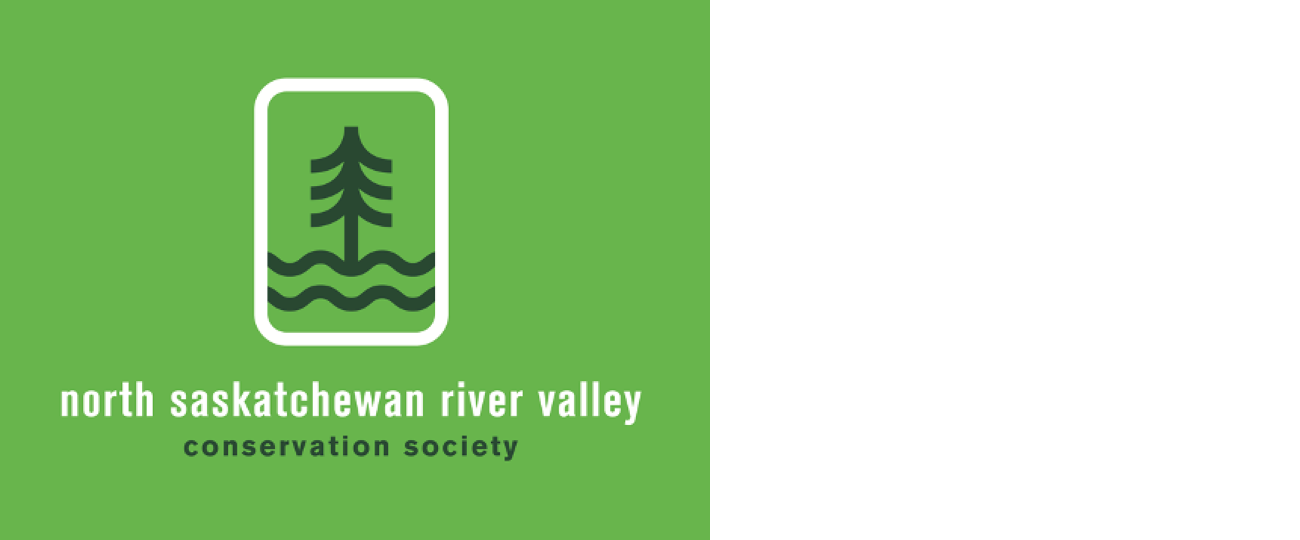Have your say on the future of Elk Island National Park
The Elk Island National Park draft management plan has been released for public review. You have an opportunity, until March 17, to shape the future of this National Park. It is the sixth oldest and one of the smallest of Canada’s forty-seven national parks. Initially created as a wildlife sanctuary for elk in 1906, Elk Island became a national park in 1913.
The park protects a representative portion of the Southern Boreal Plains and Plateaux natural region and is located on the Beaver Hills plateau, known as Amiskwaciy to Cree peoples. This plateau rises twenty metres above the surrounding plains and supports wetlands, aspen forest, grasslands and agricultural lands.
The size of park belies its ecological importance. In a transition area between the grasslands to the south and the boreal forest to the north, the aspen parkland of the Beaver Hills has a unique ecology and supports high levels of biodiversity. Aspen parkland is one of the most endangered ecosystems in the world. Globally, less than 10 percent of the original extent remains intact.
In addition to forests and modified grassland habitats, Elk Island contains a rich and highly concentrated system of unique wetlands. Wetlands characteristic of the “knob and kettle” terrain of the Beaver Hills support biodiversity, sequester carbon, filter water, and maintain surface water flow within the North Saskatchewan River watershed. Draft and survey https://parks.canada.ca/pn-np/ab/elkisland/info/plan/ebauche-draft
Where Western Wood-Pewee goes in winter is a mystery
Western Wood-Pewees and their Eastern cousins both migrate to northern South America, but because they look so similar and they don't call much on the wintering ground it's hard to say for certain where each species spends its winter.
This flycatcher eats flying ants, bees, crane flies, mayflies, dragonflies, wasps, beetles, and moths. Western Wood-Pewees are sit-and-wait predators. They sit on prominent perches often at the end of a dead branch for long periods waiting for an insect to fly by. They eat most smaller insects in midair but bring back larger insects to their perch before eating them.
Western Wood-Pewee are common, but their numbers declined by over 1% per year between 1966 and 2015, resulting in a cumulative decline of 48%, according to the North American Breeding Bird Survey. Partners in Flight estimates the global breeding population at 9.2 million, with 59% breeding in the United States, 29% in Canada, and 12% in Mexico. Learn more https://www.allaboutbirds.org/guide/Western_Wood-Pewee/overview
What happened to Baden Powell Park
A few weeks ago, we ran a story on Roman Fodchuk, the landscape architect who completed the Capital City Recreation Park. The article included a photo with the caption #13 Planting of trees and shrubs at Baden Powell Park. This led to an email from someone active in scouting who wanted to know where the park was, as the founder and first Chief Scout of the world-wide scout movement was Robert Baden-Powell.
A May 1979 article titled Edmonton Restores Its River Valley: A Capital Case for Reclamation by Nancy Ellwand and Roman Fodchuk includes Baden Powell Park in a list of Edmonton parks where various developments had been constructed.
According to the City of Edmonton Archives “It's a bit of a mystery. When processing the Roman Fodchuck fonds, I came across Baden Powell Park but could find no information on the park. The park was under the James MacDonald Bridge, east of 100 St. NW and south of Rossdale Rd NW, but google lists it as Rossdale Park.”
Do any readers know what happened to Baden Powell Park? Was the name officially changed? If so, why?
Learn about Baden-Powell https://en.wikipedia.org/wiki/Robert_Baden-Powell,_1st_Baron_Baden-Powell
Smooth Fleabane is a native wildflower easy to grow from seed
The name fleabane is an old English word which means to banish fleas. It was a belief at the time that the dried plants repelled fleas. Smooth fleabane, or Erigeron glabellus, is a short, neat and compact perennial with dark green leaves, about 30 to 45cm tall. It usually starts blooming the first week of July and the pretty daisy-like flowers come in various shades of purple or pink.
There are several species of fleabane native to the Edmonton area, but smooth fleabane is the easiest to grow from seed. The seeds do not need to be stratified. They can be planted in spring without any pre-treatment and germination is usually good. Your plants will bloom the second year, but sometimes they will surprise you and bloom the first year in late summer.
Smooth fleabanes will thrive in most locations, except a hot and dry site, and are happy in sun or semi-shade https://cdn.sanity.io/files/d59screl/production/dc44e11c20c2ada20734f0f396c9cef6dc3a093d.pdf
Poems for a Small Park by E. D. Blodgett, Louise McKinney Riverfront Park. 40 poems in many languages highlight peoples' enjoyment of the River Valley https://www.edmontonpublicart.ca/#!/details/192
Comment or contribution
Please note that articles may not reflect the position of NSRVCS. River Valley News is meant to be a clearinghouse for the wide variety of opinions and ideas about Edmonton’s River Valley. Email river valley photos, event information, comments, or questions to nsrivervalley@gmail.com
Sincerely yours,
Harvey Voogd
North Saskatchewan River Valley Conservation Society
780.691.1712
















